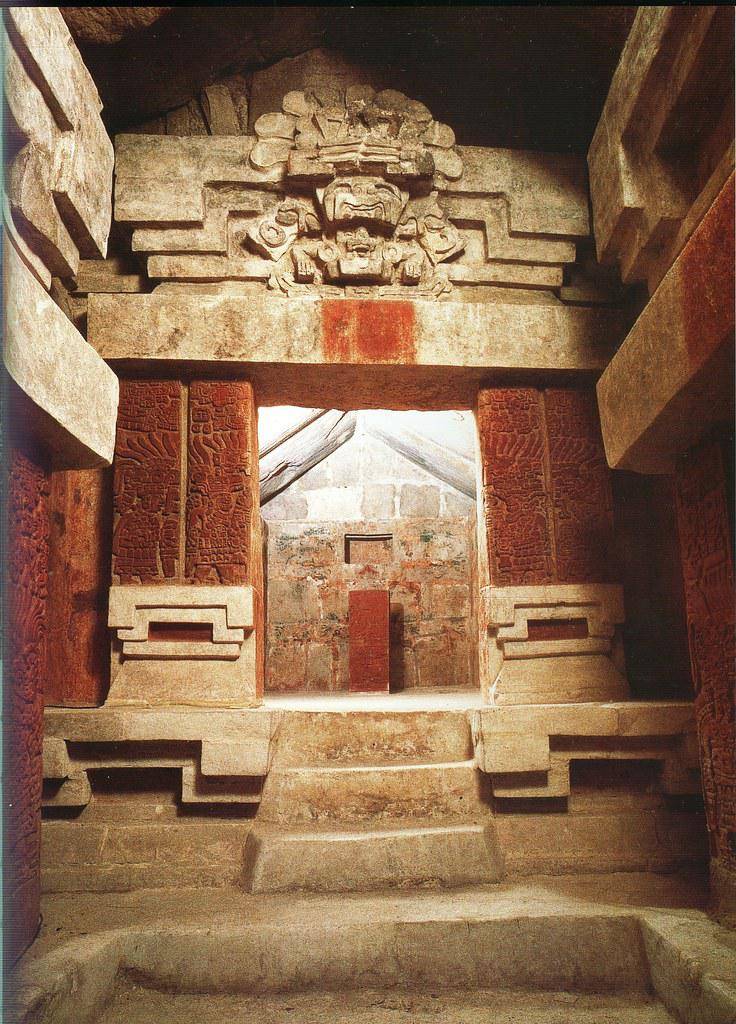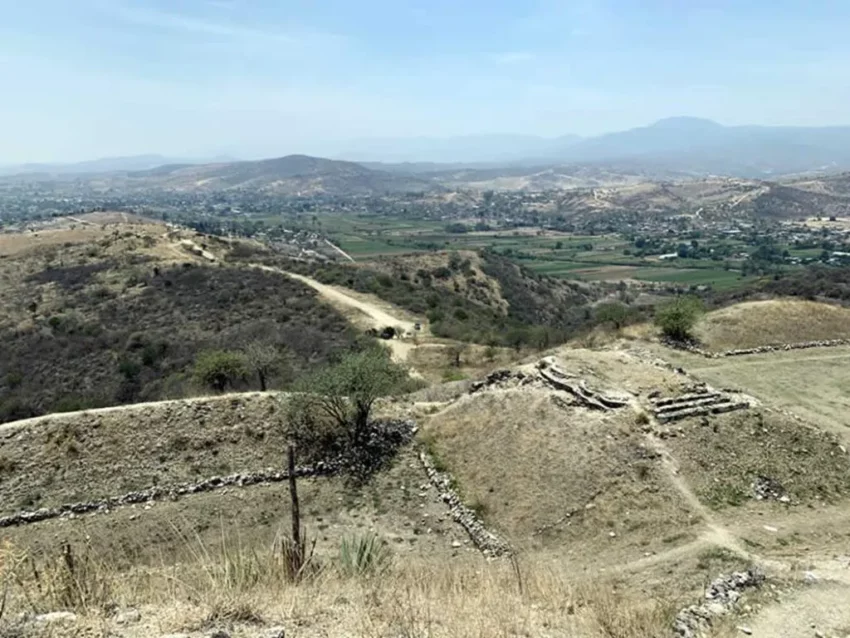Suchilquitongo is an archaeological site located in the Central Valleys of Oaxaca, Mexico. It is known for its Mesoamerican ruins, which date back to the Zapotec civilization. The site includes a series of structures, such as a ball court, platforms, and tombs, which offer insights into the pre-Columbian history of the region. Suchilquitongo provides a window into the Zapotec culture, which was one of the earliest and most influential civilizations in Mesoamerica.
Get your dose of History via Email
Historical Background of Suchilquitongo
The discovery of Suchilquitongo dates back to the early 20th century, although the exact details of its uncovering are not well-documented. The site was built by the Zapotec civilization, a pre-Columbian culture known for its architectural and artistic achievements. The Zapotecs inhabited the region from around 500 BCE until the Spanish conquest in the 16th century. Suchilquitongo is one of the many testimonies to their sophisticated society.
Archaeological evidence suggests that Suchilquitongo was an important ceremonial center. The site’s construction reflects the Zapotec’s advanced understanding of urban planning and architecture. Over time, the site may have been inhabited by different groups, including the Mixtecs, who were known to occupy and reuse Zapotec sites.
Suchilquitongo has not been the scene of any historically significant events recorded in modern history. However, its existence is crucial for understanding the pre-Columbian history of Oaxaca. The site’s structures and artifacts provide valuable information about the daily life, religious practices, and social organization of the Zapotec civilization.
The site has been subject to archaeological studies, which have helped to uncover its past and significance. These studies have been instrumental in piecing together the history of the Zapotec people and their influence on Mesoamerican culture. Suchilquitongo continues to be an important site for researchers interested in pre-Columbian history.
Despite its importance, Suchilquitongo remains less well-known than other Zapotec sites, such as Monte Albán or Mitla. Nevertheless, it offers a unique perspective on the Zapotec civilization and its legacy. The site serves as a reminder of the rich cultural heritage that existed in Mesoamerica before the arrival of Europeans.
About Suchilquitongo
Suchilquitongo is characterized by its impressive architectural features. The site includes a large ball court, which was a common feature in Mesoamerican cities and is indicative of the importance of the ballgame in Zapotec culture. The ball court is flanked by sloped walls that would have been used for the game.
The site also contains several platforms and mounds, which likely served as the foundations for temples and other ceremonial structures. These platforms are made of stone and earth, showcasing the Zapotecs’ skill in construction. The use of local materials is evident in the buildings’ remains.

One of the most notable aspects of Suchilquitongo is its system of tombs. The Zapotecs were known for their intricate burial practices, and the tombs at Suchilquitongo are no exception. They provide insights into the funerary customs and beliefs of the Zapotec people.
The architectural highlights of Suchilquitongo include the fine stonework and carvings found throughout the site. These features demonstrate the artistic capabilities of the Zapotec civilization and their attention to detail. The carvings often depict figures and symbols that are significant in Zapotec mythology and iconography.
Although the site has suffered from looting and degradation over time, conservation efforts have been made to preserve its structures. Suchilquitongo remains an important cultural landmark, offering a glimpse into the architectural prowess of the Zapotec civilization.
Theories and Interpretations
Several theories exist about the use of Suchilquitongo. Most scholars agree that it was a ceremonial center, possibly linked to religious and political activities. The presence of the ball court suggests that the site may have been used for ritual ballgames, which held significant spiritual meaning in Mesoamerican cultures.
The mysteries of Suchilquitongo include the exact purpose of some of its structures and the full extent of its significance to the Zapotec civilization. The site’s carvings and artifacts have been interpreted to match historical records, but some meanings remain elusive.
Dating of Suchilquitongo has been carried out using methods such as stratigraphy and radiocarbon dating. These techniques have helped establish a timeline for the site’s occupation and use. The results indicate that Suchilquitongo was in use for several centuries, reflecting a long period of Zapotec activity.
Interpretations of the site are also informed by comparisons with other Zapotec and Mesoamerican sites. Such comparisons have helped to contextualize Suchilquitongo within the broader scope of pre-Columbian history and culture.
Despite the research conducted, Suchilquitongo still holds many secrets. Ongoing archaeological work continues to shed light on the site’s past and its role in the Zapotec civilization.
At a glance
Country: Mexico
Civilization: Zapotec
Age: Circa 500 BCE – 16th century AD
Conclusion and Sources
The information in this article has been obtained from reputable sources, including:
- Wikipedia: https://en.wikipedia.org/wiki/Suchilquitongo
- Britannica: https://www.britannica.com/topic/Zapotec
- Image credit: https://www.holatulum.com/santiago-suchilquitongo-una-comunidad-oaxaquena/
- Image credit: Reddit

